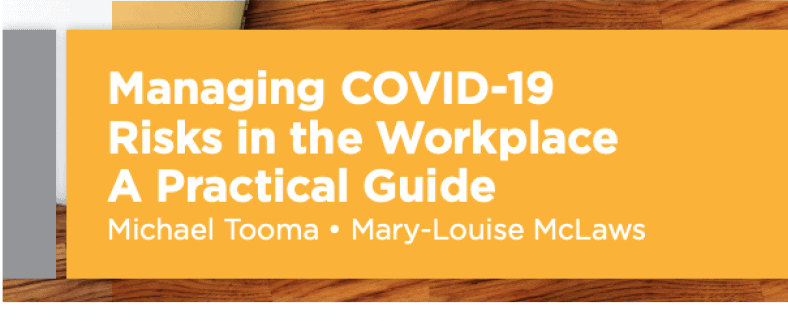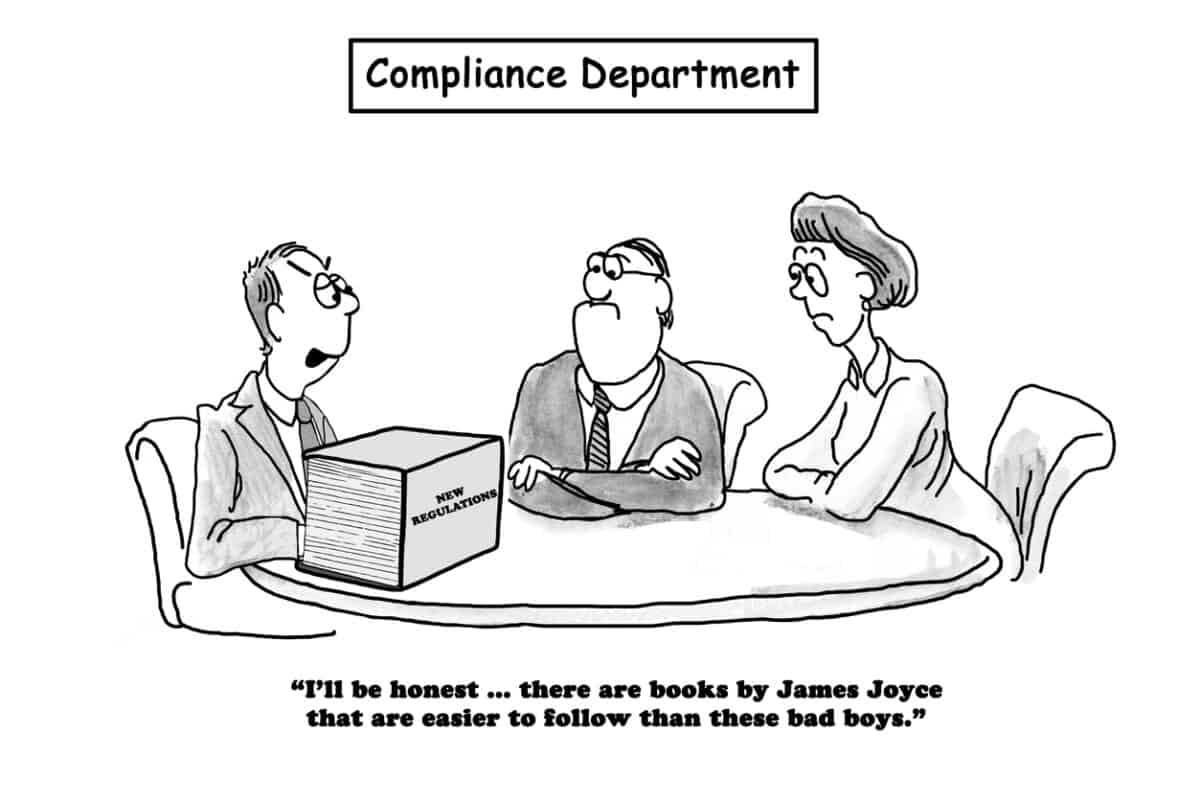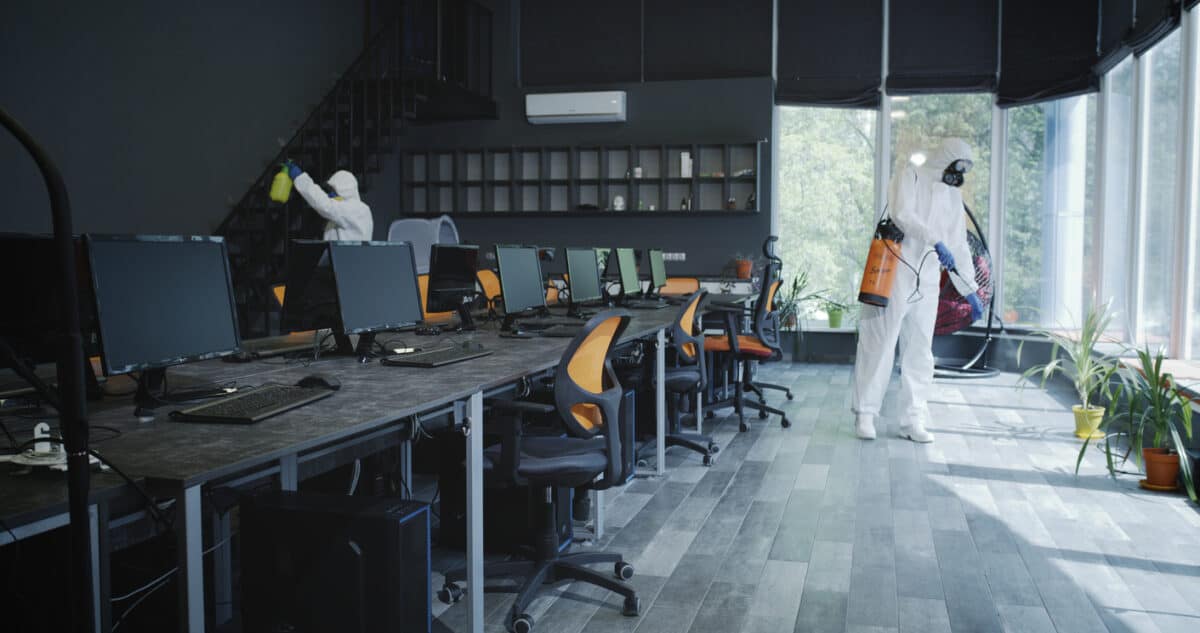Late last year, lawyer Michael Tooma and epidemiologist Mary-Louise McLaws published “Managing COVID-19 Risks in the Workplace – A Practical Guide”. Given how COVID-19 is developing variants, one would think that such a hard copy publication would date. However, the book is structured on the occupational health and safety (OHS) obligation of managing risks, and whether the variant is Delta, Omicron or Omega (if we get that far), the OHS principles and risk management hold up.
Category: flexibility
Where do you see yourself in five years’ time?
Occupational health and safety (OHS) laws continue to be relevant even when operating in a time of a highly infectious pandemic, but they are increasingly sidelined.
At the moment there are labour shortages in Australia because of the large number of workers infected, and affected, by the Omicron variant of COVID-19; a shortage exacerbated by the varying isolation and testing regimes applied by the Federal and State governments. It is a bit of a mess.
It is worth reminding ourselves that employers have a duty to proved a safe and healthy work environment with the support of employees. Employees are obliged to not allow hazards to be brought to work. At the moment, some employees are being encouraged or required to return to work if they are showing no COVID-19 symptoms; if they are asymptomatic. But everyone knows from experience and official advice over the last two years that asymptomatic people can continue to be infectious. Requiring workers to return to work, as seemed to be happening at one South Australian worksite, while still potentially infectious seems contrary to both the employer’s and employee’s OHS obligations.
Why is the world “enthusiastic” for regulations?
Unsurprising from a global business magazine, The Economist’s special report on January 15 2002 (paywalled*) bemoaned the new “enthusiasm for regulation”. It clearly includes occupational health and safety (OHS) laws and Australia in its consideration but stops short of asking why this new enthusiasm exists.
Many regulations, especially in OHS, are proposed and introduced to address a wrong or misbehaviour or a new hazard. A major catalyst for Lord Robens‘ OHS laws in the 1970s stemmed from industrial deaths, especially those of the public. The pattern of deaths as a catalyst for change continues today with the Industrial Manslaughter laws, for instance. Another catalyst is new cultural sensitivities; what was tolerated previously is no longer acceptable.
The workplace bullying changes late last century in Australia is a good example, but this also ties in with unacceptable levels of harm. Bullying was often part of the initiation to work and seemed acceptable until workers were severely injured and traumatised, and people found out about it.
The OHS benefits of “work to rule”
In May 2020, “work to rule” was touched on in a long article about the future of work. “Work To Rule” is a phrase that is rarely heard now, as the industrial relations (IR) conversation has changed, but it is more relevant than ever.
The industrial relations context for working to the rules is illustrated in this short article. Still, work to rule can have occupational health and safety (OHS) benefits, especially psychosocial health and the current mot du jour, The Great Resignation/Rebalance.
Job insecurity and OHS solutions
As well as featuring in a workplace psychology podcast Professor Tony LaMontagne spoke at the current Senate Select Committee on Job Security in Australia and made a submission that provides evidence of the connection between job insecurity and poor mental health. This strengthens the argument that the prevention of mental health at work (and maybe elsewhere) could be more sustainably achieved by structural and economic policies and practices outside of the direct control of employers.
LaMontagne’s submission (written with Dr Tania King and Ms Yamna Taouk) says:
Back to the old office in a new world
Many employers are rattling around floors of empty offices while their employees are working remotely or at home and almost entirely due to modern telecommunications. This has not been at the request of employers but due to government lockdown requirements. The push to have workers return to multi-storey offices is reflective of the desire to return to normal rather than accepting that established business structures have been rendered impractical or unfeasible for the coronavirus future.
A recent article in the New York Times illustrates this new circumstance well. The article, titled “New surveys show how pandemic workplace policies are shifting“, says that the major information technology companies in the United States that every business seems to want to emulate even though their practices are very questionable are continuing to postpone the return of workers to bricks and mortar (or glass and stainless steel) offices. The NYTimes article is the first to discuss this phenomenon and its relation to mandatory vaccinations.
OHS will ease the Work From Home transition
Australian Prime Minister Scott Morrison continues to promise a return to normal but it is impossible to return to a previous point in time without denying the changes that have occurred since then. Morrison speaks of this normality in relation to the COVID-19 pandemic and may offer some understanding of his reticence to act on global warming as climate change will never allow a return to normal.
One of the workplace changes exacerbated by the pandemic is the working from home (WFH) option. Recently businesses are starting to accept this new normal, sometimes backed by research. Many businesses are in a state of (I would argue, permanent) transition. On July 2, 2021, Benjamin Clark offered a useful summary of the WFH state of play for Crikey (possibly paywalled) with some overlap to a November 2020 Harvard Business Review (HBR) article on Working From Anywhere (WFA).







